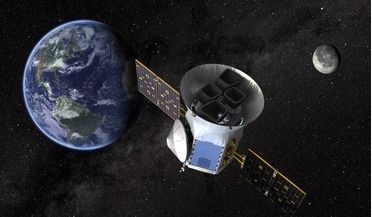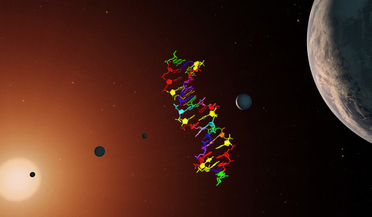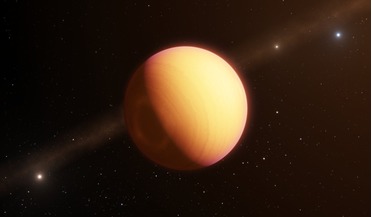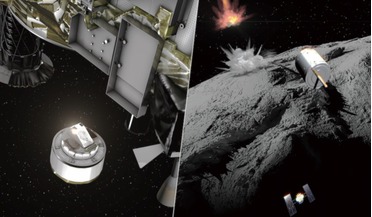 15 April 2018
TESS, NASA's planet-finding mission launches today!
15 April 2018
TESS, NASA's planet-finding mission launches today!
...-used lunar-resonant orbit and it has been chosen to give the spacecraft a mostly unobstructed view of the cosmos, while helping to keep radiation impact to a minimum. To boldly go where no observatory has gone before (in orbit), TESS will...
 04 June 2018
More surprises for neutron star merger GW170817
04 June 2018
More surprises for neutron star merger GW170817
... and black holes in our own galaxy, and now we are observing these exotic stars across the cosmos,” said co-author Bruce Gossan of the University of California at Berkeley. “What an exciting time to be alive, to see instruments like...
 25 February 2019
Scientists create DNA-like molecule to aid search for alien life
25 February 2019
Scientists create DNA-like molecule to aid search for alien life
When scientists finally get to sample alien life, what will they see? Will their genetic structure mimic ours or will it be wildly different? How different can DNA be? It turns out that the familiar DNA double helix structure that is essential for ...
 08 March 2019
Astronomers weigh the galaxy with Hubble and Gaia
08 March 2019
Astronomers weigh the galaxy with Hubble and Gaia
... of these conundrums and help astronomers work out where our galaxy fits in the grand-scale of the cosmos.
 27 March 2019
Storm-plagued exoplanet revealed in detail with GRAVITY
27 March 2019
Storm-plagued exoplanet revealed in detail with GRAVITY
... Atacama Large Millimetre/Submillimetre Array (ALMA) is a one example of many antennas working together as one to see the cosmos in finer detail than ever before. Unlike ALMA, GRAVITY uses visible light (not Millimetre/Submillimetre radiation...
 05 April 2019
Hayabusa2 probe 'bombs' asteroid to create a crater
05 April 2019
Hayabusa2 probe 'bombs' asteroid to create a crater
... to the harsh environment of space over the billions of years this primordial rock has spent wandering the cosmos, Hayabusa-2 will be able to collect freshly unearthed fragments that have never seen the light of day thanks...